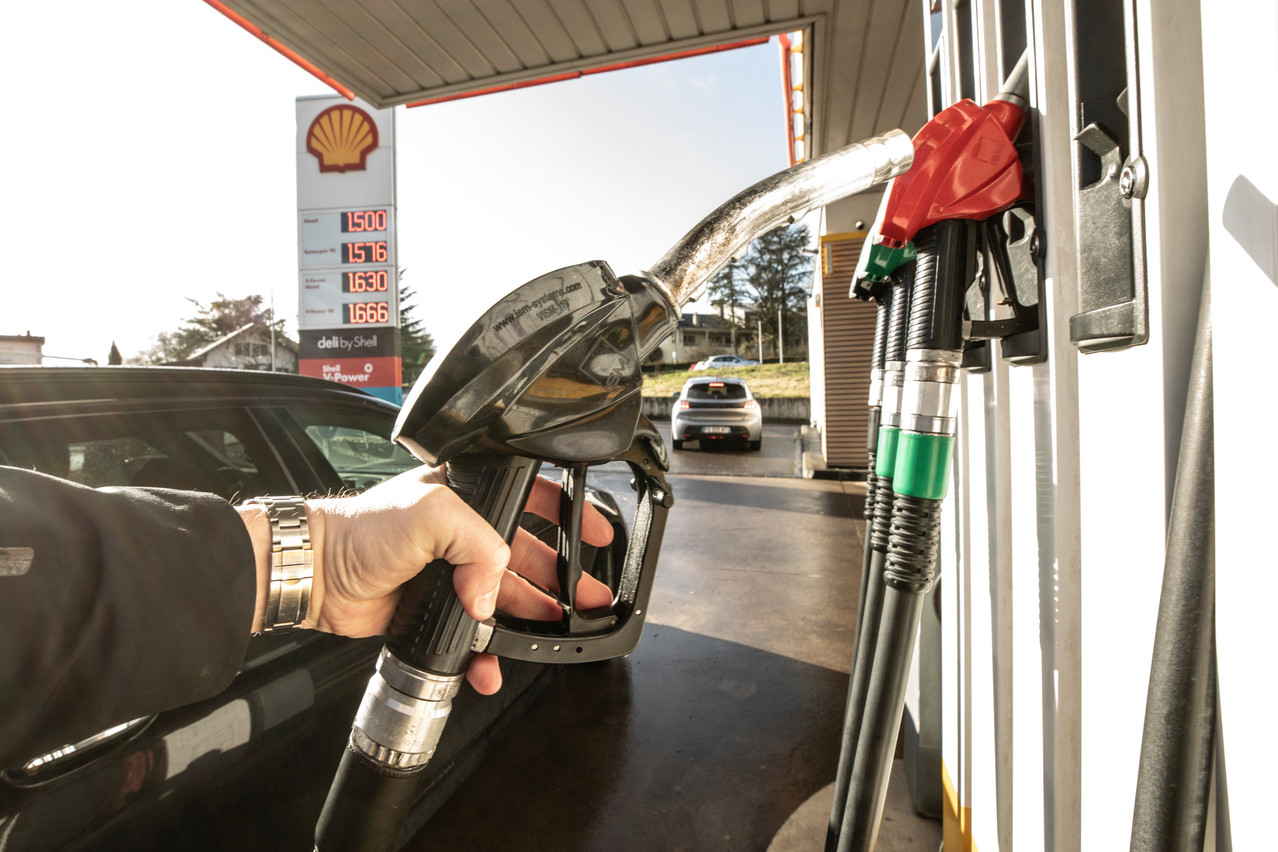Having generating an estimated €279m in tax revenue since its introduction in 2021, the carbon tax applies to the purchase of heating oil, gas, petrol and diesel. At the request of MP (CSV), the Chamber of Deputies’ scientific unit has examined how effective the tax is in limiting the social and environmental damage caused by greenhouse gas emissions in Luxembourg and worldwide.
The result: despite its potential as a source for reducing emissions, the tax is not achieving its objectives.
The tax--which every consumer pays when filling their gas tanks or buying a car--is often wrongly associated with what has been called “the biggest scam of the century,” i.e., VAT fraud on the carbon exchange set up as part of the Emissions Trading Scheme (ETS) established in 2005 by the European Union. Herein lies an important distinction: this fraud concerned the ETS, the cap-and-trade system, which has a carbon market that sets an overall cap on the quantity of greenhouse gases that can be emitted by the sectors covered by the system. Companies receive or buy emission allowances, which they can trade between themselves.
This is not the carbon tax, which is a fiscal instrument. Initially set at €20/t CO2, the tax increased by €5/t CO2 in both 2022 and 2023, bringing it currently to €30/t CO2. In line with the recommendations of the National Integrated Energy and Climate Plan (PNEC), it will continue to rise annually until it hits 45€/t CO2 in 2026.
As of 2023, the tax has brought in an estimated €279m. This is a sum that the government says it will use either to fund climate measures and solutions, or to fund social compensation measures for low-income households (such as the tax credit for low-income households or the cost-of-living allowance) to encourage them to invest in the energy transition. The only problem is that, although the price of the tax is rising, this revenue is set to fall in future. There are a number of reasons for this.
Road habits
One of these reasons is that, unlike in other OECD countries, in Luxembourg, road transport is the biggest emitter of greenhouse gases (57.4% of GHG emissions from transport versus 22.26% in other OECD countries) and must be in the sights of decision-makers if they wish to achieve the climate and energy targets set by the PNEC and the Paris Agreement. Another reason is that the sale and consumption of fuel, subject to carbon tax, are dominated (70%) by private vehicles not registered in Luxembourg.
It would not be fair to blame our neighbours for these emissions, however: the Chamber of Deputies report notes that, “on the basis of their consumption, Luxembourg residents are the highest per capita carbon emitters in the OECD, even if fuel sales to non-residents are excluded.” Among the other sources of GHG emissions in the country, it also cites those from industry, which (it reports) are 13% higher than the targets.
Tourism at the pumps, low-income households
The tax has caused fuel prices to rise, an intended effect meant to reduce the sale of fuel to non-residents by making the final price similar to what you pay in Belgium, France or Germany. The idea is to reduce the in-country emissions generated by the notorious “tourism at the pumps.”
The Chamber of Deputies also notes that “the estimated evolution of fuel sales over time, as well as sales to residents, is following a slow and linear decline,” the effect of the “gradual penetration” of electric vehicles. Tax revenues on fuel sales should therefore fall as well.
Another conclusion published in the report is that the carbon tax is essentially regressive and therefore weighs more heavily on lower-income households. In other words, the lowest-income households spend a greater proportion of their income on it than wealthier households do. To explain this, the scientists cite the fact that energy expenditure depends on the type of heating, the location of the home and other factors. In their view, the lowest-income households “are likely to be disproportionately affected by carbon pricing.”
Not high enough?
The Climate Policy Observatory and the Klima-Biergerrot (Citizens’ Assembly on the Climate) support a carbon tax of €200/t CO2. The scientific note seems to confirm the need for an increase in this tax when it points out that “it is likely that even high, or even very high, effective carbon rates will not be enough to achieve the zero net emissions targets.” The OECD estimates that an increase of €10 per year in Luxembourg would reduce emissions by 50% by 2050. Luxembourg’s statistics bureau Statec also estimated, at the end of 2020, that the CO2 tax would not be sufficient on its own to achieve the targets for reducing GHG emissions by 2030.
The coalition agreement unveiled a few weeks ago by the prime minister (CSV) does not support an increase. Although only one paragraph is devoted to this tax instrument, it simply states that “the trajectory of the CO2 tax defined in the PNEC will be respected.”
In any case, Luxembourg is keeping a lid on the issue for the time being. But tomorrow, it could be Europe that leads the way, as pan-European efforts include plans for an EU-wide carbon tax, or new carbon and import pricing mechanisms at borders. “Given the global scale of climate change, the adoption of an international tax is more effective than national taxes,” the chamber’s scientists say at the end of the report. In addition, it has already been announced that the carbon tax scheme should be reassessed in 2026.
This article in Paperjam. It has been translated and edited for Delano.
